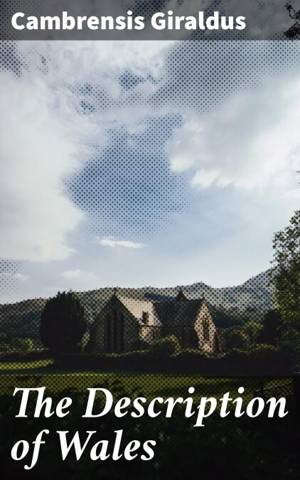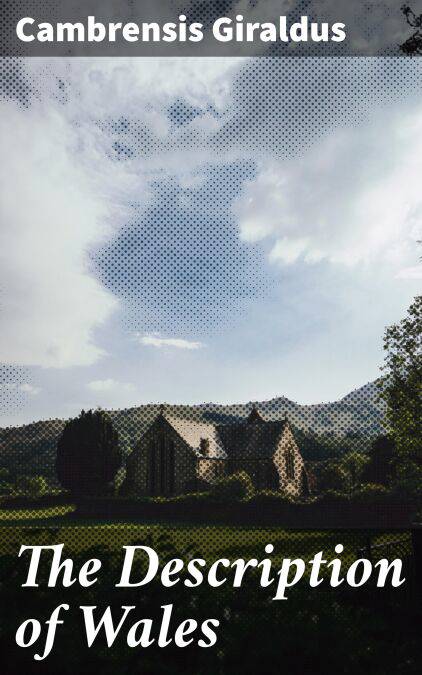
- Afhalen na 1 uur in een winkel met voorraad
- Gratis thuislevering in België vanaf € 30
- Ruim aanbod met 7 miljoen producten
- Afhalen na 1 uur in een winkel met voorraad
- Gratis thuislevering in België vanaf € 30
- Ruim aanbod met 7 miljoen producten
Zoeken
The Description of Wales E-BOOK
Exploring Medieval Wales: A Detailed Account by a Prominent Clergyman
Cambrensis Giraldus
E-book | Engels
€ 0,49
Omschrijving
In 'The Description of Wales,' Giraldus Cambrensis presents a meticulous account of Wales, blending geographical observation with sociopolitical commentary. Written in the 12th century, this pioneering work employs a vivid and engaging narrative style, characterized by its rich detail and occasional poetic flourishes. Cambrensis articulates the land's natural beauty, its peoples, and customs, framing his observations within the broader context of medieval scholarship and the nascent nationalism of Wales during a turbulent period marked by English invasion and emerging Welsh identity. Giraldus Cambrensis, a Welsh cleric and historian, was deeply influenced by his own mixed heritage, straddling English and Welsh cultures. His extensive travels through Wales, coupled with his roles within the Church and the courts of the Anglo-Norman elite, provided him with a unique vantage point. His intention was not merely to describe but also to advocate for the recognition and preservation of Welsh heritage amid English encroachment, showcasing a deep-seated commitment to his homeland. For readers interested in medieval history, geography, or literature, 'The Description of Wales' serves as an invaluable primary source that resonates with themes of identity and cultural conflict. It invites modern audiences to reflect on the enduring legacies of place and belonging, making it a compelling read for scholars and laypersons alike.
Specificaties
Betrokkenen
- Auteur(s):
- Uitgeverij:
Inhoud
- Aantal bladzijden:
- 137
- Taal:
- Engels
Eigenschappen
- Productcode (EAN):
- 4057664616791
- Verschijningsdatum:
- 28/11/2019
- Uitvoering:
- E-book
- Beveiligd met:
- Digital watermarking
- Formaat:
- ePub

Alleen bij Standaard Boekhandel
Beoordelingen
We publiceren alleen reviews die voldoen aan de voorwaarden voor reviews. Bekijk onze voorwaarden voor reviews.








